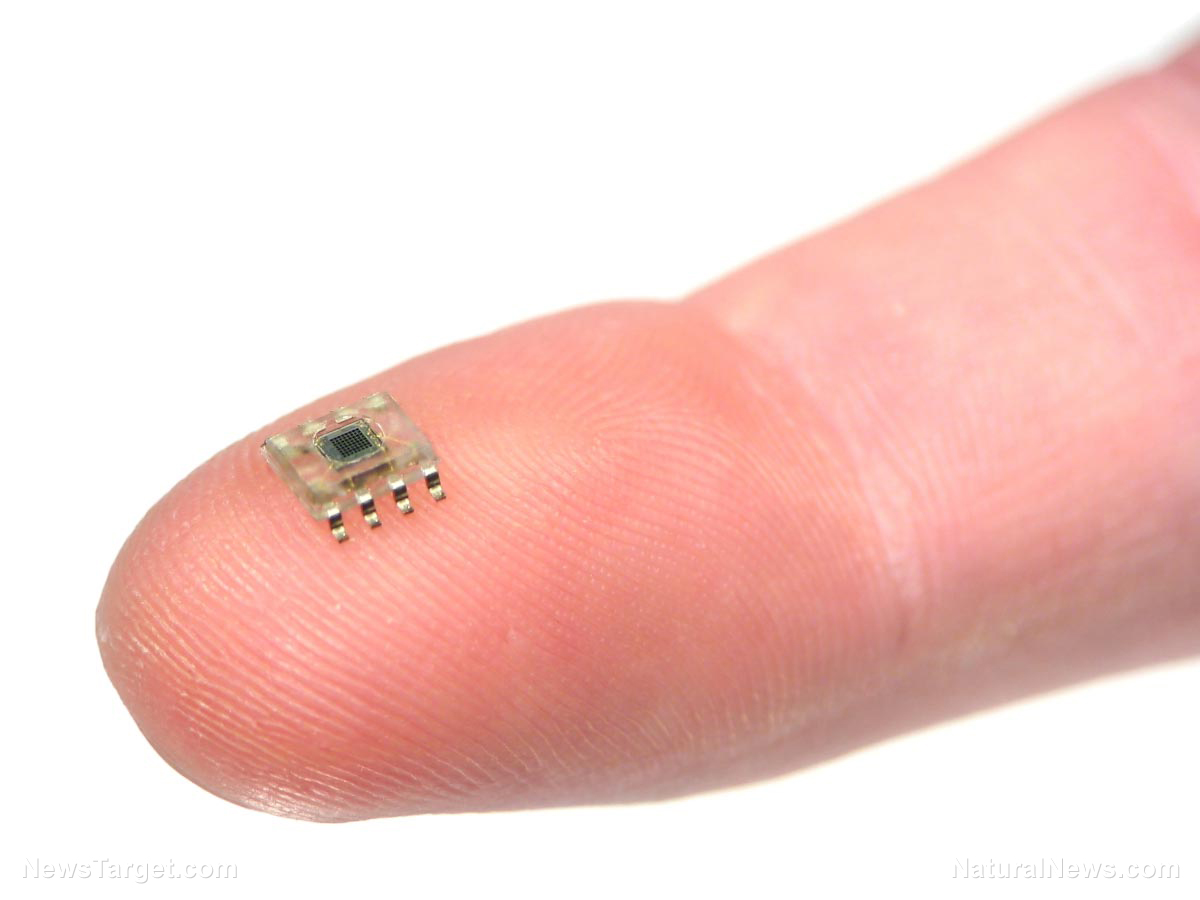Fly on the wall: Researchers use Wi-Fi signals to “see” behind walls and identify human targets
09/08/2020 / By Cassie B.

Wi-Fi signals can be found everywhere these days, and while that may be good when you’re looking to check your email, all this connectivity is coming at the expense of personal privacy.
The pervasiveness of Wi-Fi has spurred the development of new surveillance abilities that are as clever as they are concerning. For example, researchers at MIT’s Computer Science and Artificial Intelligence Lab made headlines when they came up with a way to use Wi-Fi signals to see what is behind walls and map a room in 3D. They can also use this to locate the movements of the people or objects in the room by reflecting the signal.
All they need to accomplish this is a wireless transmitter that is fitted behind the wall. As signals bounce and reflect off of the individuals in the room, an accurate silhouette can be created that is then used to identify the person.
Who’s behind that wall? Wi-Fi has the answers
Researchers from the University of California – Santa Barbara recently took this a step further by figuring out how to match any people who are located with this technique to whatever video footage happens to be available of that person in order to identify individuals.
They say that the way in which an individual’s different body parts move can be used as a unique identifier for that person. The giant databases that are being formed of public video footage from the ubiquitous camera surveillance we are seeing these days is the perfect source for making these identifications.
Known as XModal-ID, the video-Wi-Fi cross-modal personal identification system based on gait could be used for everything from security and surveillance to smart homes.
The scientists used the example of determining if someone hiding out in a house is a known robber. If law enforcement already has video footage of a robbery and they suspect one of the robbers could be hiding out inside a particular house, they could simply place a pair of Wi-Fi transceivers outside of the house and then let this technology determine if the person inside is indeed the one who appears in the robbery video.
They use a multidisciplinary approach that entails employing a human mesh recovery algorithm to extract a 3D mesh that describes a human body’s outer surface as a function of time from existing video footage. Born electromagnetic wave approximation is then used to simulate the RF signal that would have been created had the person been walking in a Wi-Fi area. Then, the scientists’ time-frequency processing approach is used to extract essential gait features from the real Wi-Fi signal being measured behind the wall and the one created by the video-based simulation to see if there is a match.
After extensive testing on their campus, they found a high degree of accuracy – 84 percent on average across 1,488 Wi-Fi-video pairs that were taken from a pool of eight people in three different walled areas.
As startling as that high degree of accuracy may be, it also means that its failure rate would be 16 percent, making it pretty unreliable in law enforcement applications and opening up the possibility that a lot of innocent people could get caught up in surveillance dragnets.
The truth is that wireless connections everywhere are causing our bodies serious harm, especially to young people and pregnant women, and that’s something that is only set to get worse as high-powered 5G makes its way across the nation and the world. There’s no question that having internet access everywhere we go can be awfully convenient, but it’s coming at the expense of our health and our privacy.
Sources for this article include:
WakingTimes.com
Tagged Under: cyber war, dangerous tech, Glitch, Orwellian, police state, privacy watch, RF signals, surveillance, technology, Wi-Fi, Wi-Fi transceivers
RECENT NEWS & ARTICLES
COPYRIGHT © 2017 COMPUTING NEWS


















